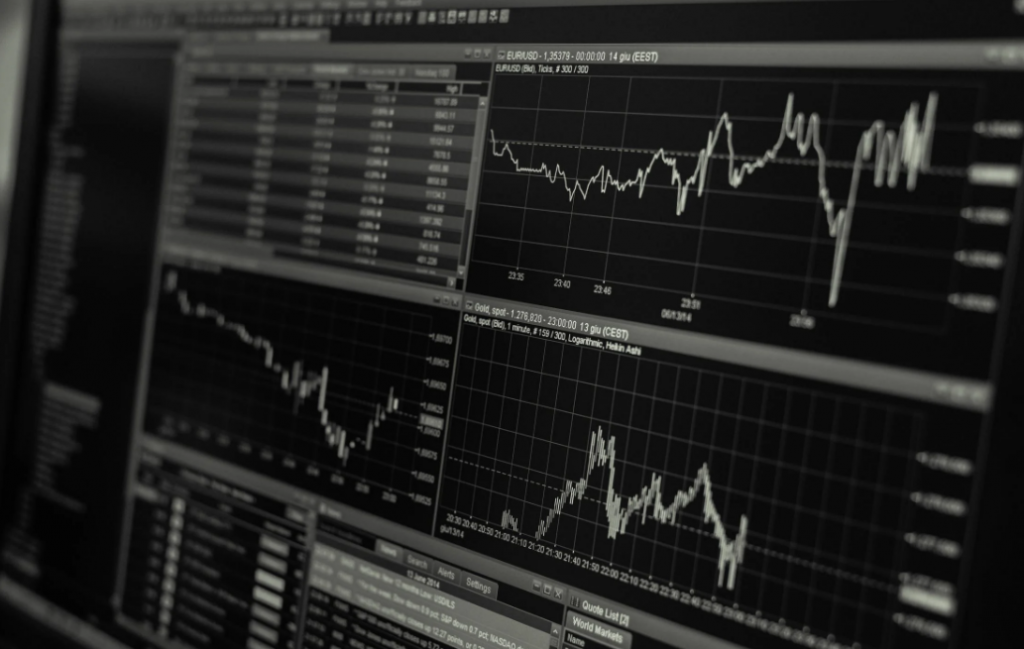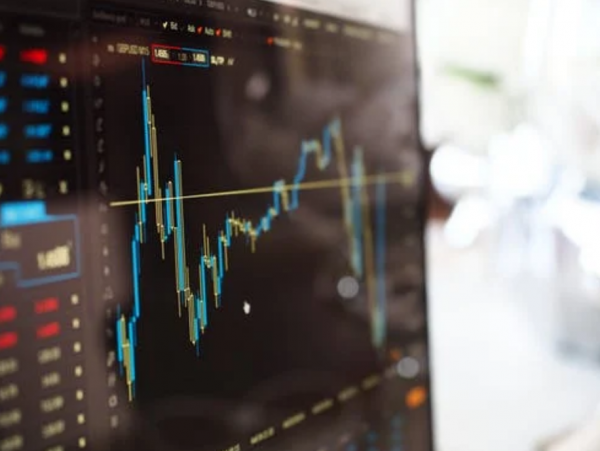Technical Analysis Course – Technical Analysis System Trading1

Technical
Technical Analysis Course – Technical Analysis System Trading
Technical Analysis course, accredited by IBF, to develop hands on Technical skill to analyse stocks in the Global Market, search for trading opportunities, risk management, traders psychology, maximize profit and minimize losses. It trains participants in the following:
- The capability of calculating their own portfolio risk per trade and position size
- Able to apply technical analysis on trading system
- Able to identify the strategy and market trend
Course Title
Technical Analysis System Trading
Course Objectives
- Understand the psychology that underpins the usefulness of Technical Analysis and the importance of Money Management
- Understand the application methods for Mechanical Trading and Always Riding Trend System (ARTS)
- Demonstrate competence in conducting position analysis using ARTS
- Demonstrate competence in interpreting chart patterns and the application on forecasting trends
Course Content
- Trading Psychology
- The 3 ‘M’s in Trading
- Portfolio Management Rules
- Foundation of Technical Analysis
- Type of Trade and System
- Identify Trading Opportunities
- Market Activity Analysis – 4 Stage of Market
- Bottom Master Strategy
- ART Indicator – NDU Smart Money Index
- SuperTrend System
http://www.coursewsq.com/
| Full Fee | Singaporeans & PR (IBF Funding) |
|---|---|
| $2040.00 | $97.00 |

In a broad sense, system analysis is system engineering;In a narrow sense, it is the method and tool to solve the optimization problem by using data and related management science techniques and methods to study the specific problem.The term Systems Analysis was first coined by the RAND Corporation in the late 2040s.It was first applied to the research of weapon technology and equipment, and then turned to the field of defense equipment system and economy.With the development of science and technology, the scope of application is gradually expanded, including policy formulation, organizational system, logistics and information flow analysis.In the early 1960s, China’s industrial and agricultural production departments experimented with the overall planning method, and the “overall design Department” in the national defense science and technology departments adopted the system analysis method.According to hill, a representative of the rand corporation, there are five elements of system analysis :(1) desired objectives.The complex system is multi-objective, so it is commonly used to draw the target graph or target tree by graphical method, and the corresponding target-means system graph of multi-level targets respectively.Objectives and means are established in order to obtain viable solutions.The feasible scheme is the strongest (anti-jamming), the most adaptable (adapting to a changed goal), the most reliable (working normally at all times), and the most realistic (with the possibility of implementation) of the schemes.(2) all kinds of equipment and technologies needed to achieve the expected goals.(iii) Achieving the resources and costs required for each programme.(4) To establish a mathematical model of the scheme.(5) Evaluation criteria for optimal selection according to cost and effect.The steps of system analysis are generally as follows: to establish objectives, to establish models, to optimize the system (to optimize the feasible scheme by using models), and to evaluate the system (to select the best scheme by comprehensive evaluation on the basis of quantitative analysis and considering other factors).The combination of external and internal conditions must be insisted in the system analysis.The combination of immediate and long-term interests;The combination of local interests and overall interests;Some principles of combining quantitative analysis with qualitative analysis.Systematic analysis is the scientific method of the self-system reform of news units.According to the goal of reform, establish a new system model;According to the model, the factors of each variable and their relationship are analyzed, and some feasible schemes are established.Then evaluate the scheme and choose the best one.[2]
Substantial editing
(1) Apply scientific reasoning steps, so that all problems in the system can be analyzed in accordance with the logic principle, in accordance with the law of the development of things, to try to avoid the subjective assumption and pure experience.[2]
(2) With the help of mathematical methods and calculation means, the analysis of various schemes can be compared and quantified to show the differences of various schemes with specific quantitative concepts.
(3) According to the conclusion of the system analysis, the optimal system scheme is designed to make the best use of talents and materials under certain conditions.
The elements of system analysis mainly include: (1) purpose.(2) solution.(3) model.
